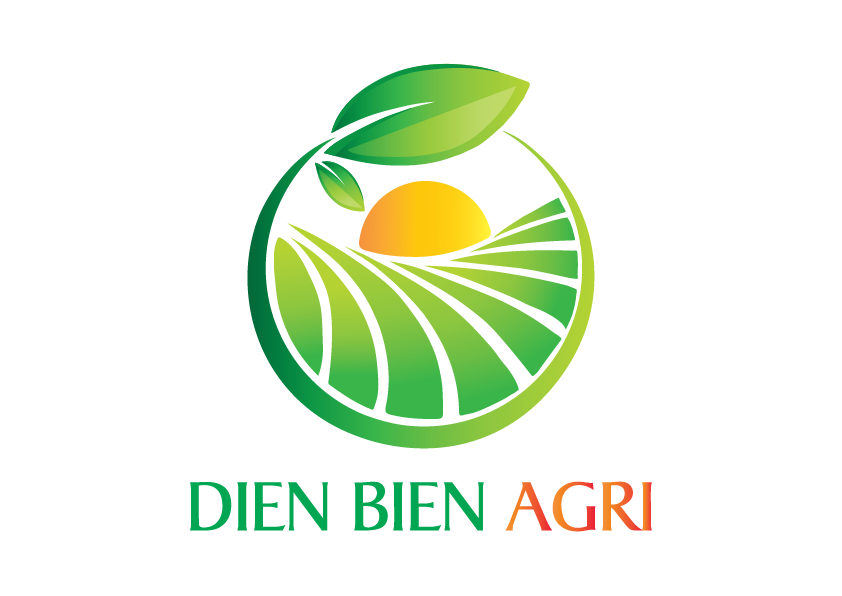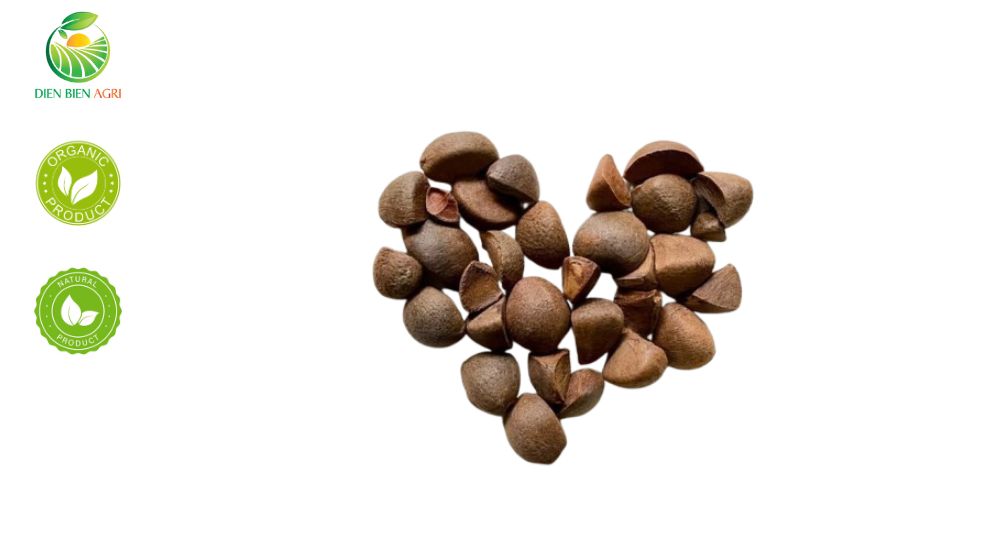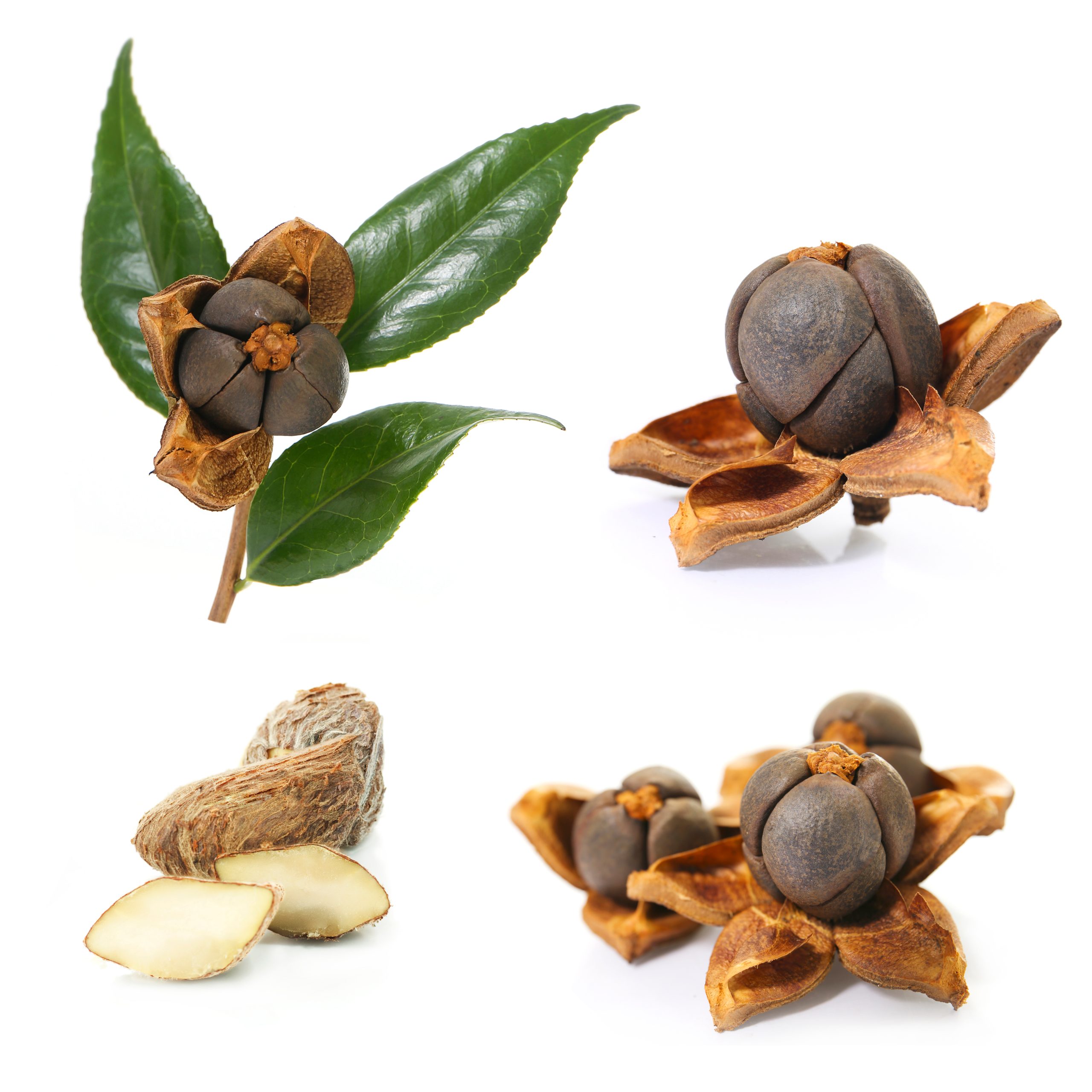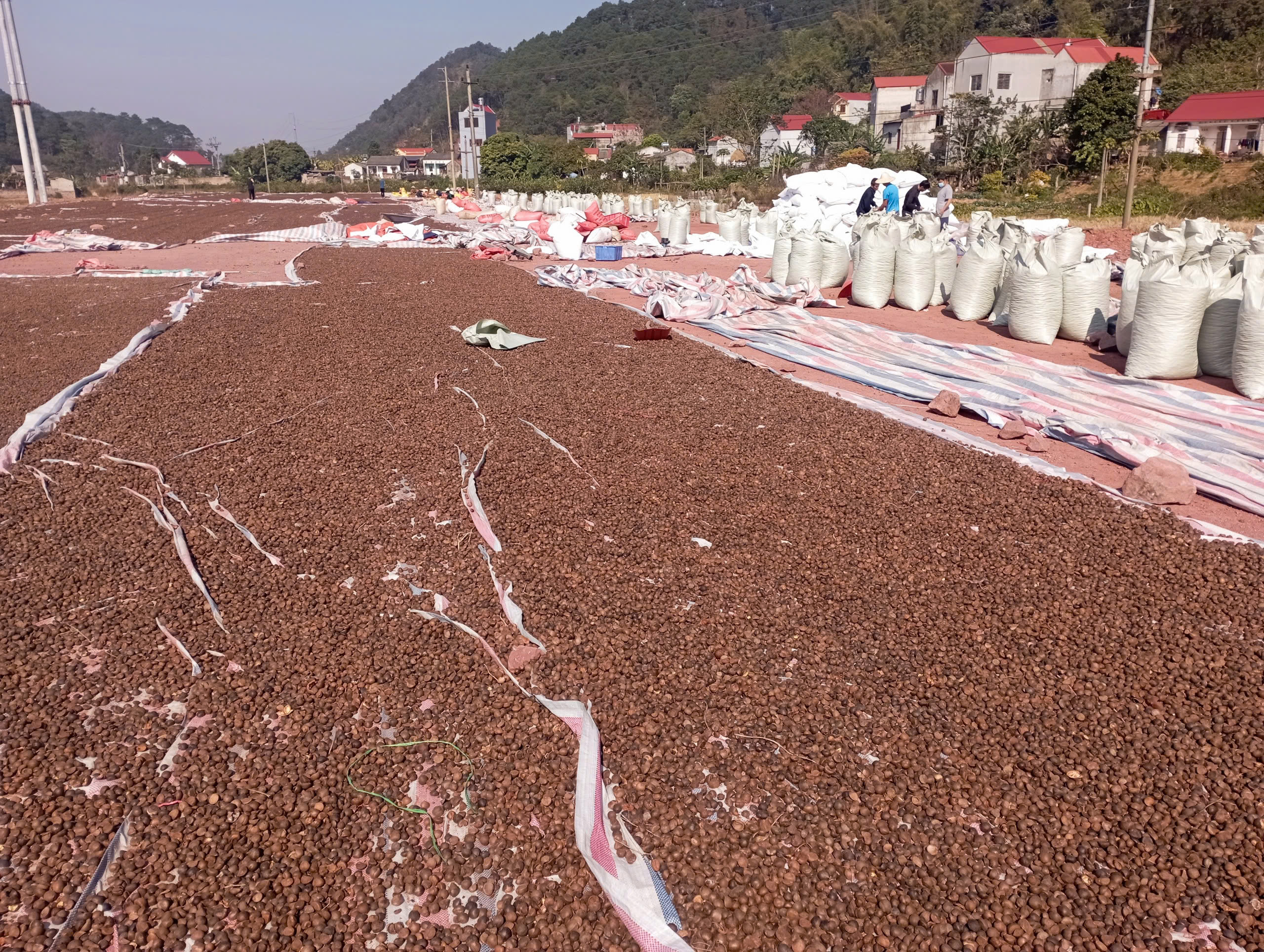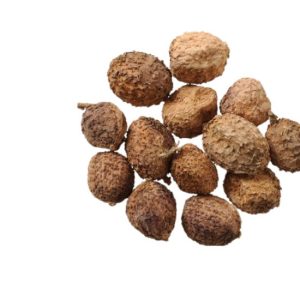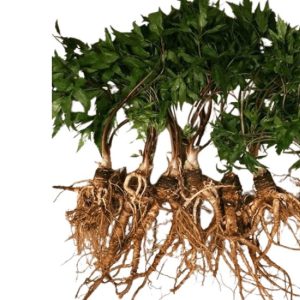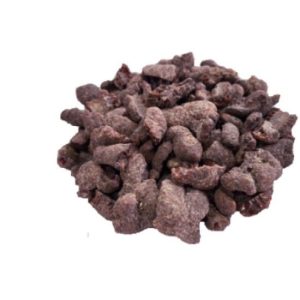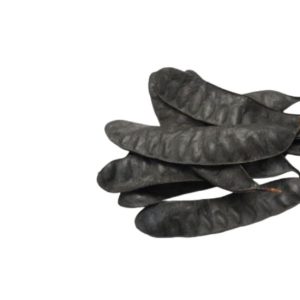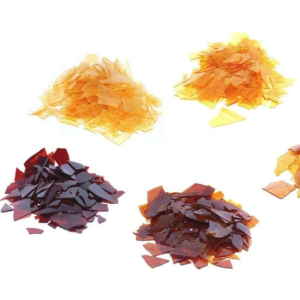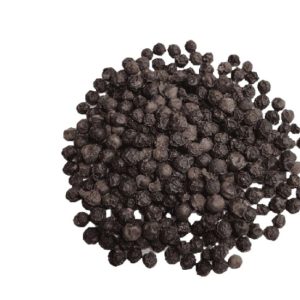Camellia Seed
0 ₫
Product Description
- Scientific Name: Camellia Seed
- Origin: Vietnam
- Moisture: maximum 11%
- Impurities: Maximum 1%
- Shelf life: Minimum 1 year
- Drying process: Natural sun-drying or drying
- Quality standards: No moldy, damaged, or wormy seeds
- Packaging: PP bag or according to customer requirements
- Supply capacity: 300 tons/year
For international customers, WhatsApp us at: +84.973.447.926.
PLANT DESCRIPTION
Camellia seed, or Tea seed is obtained from the Camellia tree – a small tree, reaching about 5-7 meters in height. Its leaves are evergreen, almost without petioles, lanceolate or elongated oval, with a pointed tip and slightly narrowed base. The leaf blade is tough, serrated at the edges, measuring 3-6 cm long and 1.5-3 cm wide. Flowers grow in axillary clusters of 1 to 4, white in color, with a diameter of 3.5 cm. The fruit is a capsule, 2.5-3 cm in diameter, slightly hairy, with a rounded or slightly pointed shape, thick walls, and three chambers, each containing 1 to 3 hard seeds with thick cotyledons rich in oil.
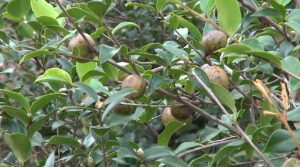
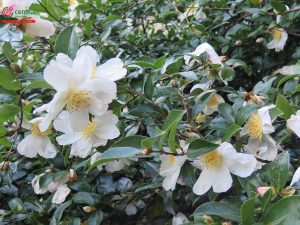
Natural Characteristics
Camellia seeds are generally small, brown, and have a hard, protective shell. and are characterized by their brown, hard shells and distinct “eye” where they were attached to the pod. They are typically found within the green or olive-colored seed pods of camellia plants, often maturing in the fall. Camellia oil, extracted from the seeds, is a high-quality cooking oil and has various other uses, including skincare and tool protection.
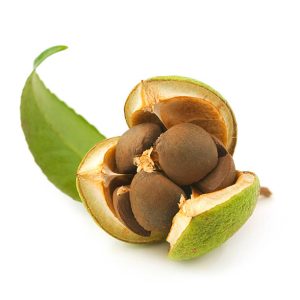
Distribution, Harvesting, and Processing
The Camellia tree is predominantly cultivated in Nghệ An, Lạng Sơn, Cao Bằng, and Quảng Ninh, with some presence in other provinces like Phú Thọ, Hà Giang, Thanh Hóa, and Hà Tĩnh. It can also be found in the wild in some areas. Additionally, it is grown in countries like Japan, China, India, and Myanmar.

To plant Camellia, one should choose rocky, sandy, and well-drained soil. The tree dislikes stagnant water, so it does not grow well near ponds or marshy areas. It requires adequate humidity and protection from dry winds. Typically, it is intercropped with tea and lacquer trees. Seeds are sown at the end of February, buried about 3-4 cm deep, using freshly harvested seeds. They are planted in rows spaced 6 meters apart, with each tree 4.5 to 5 meters apart. After four years, the tree reaches 1.8-2 meters, and by six years, it begins to bear fruit, reaching about 3 meters in height. An eight-year-old tree can be around 4.5-5 meters tall and yields 8 to 10 kg of fruit, with peak harvest around the 15th year, producing about 40 kg of fruit.
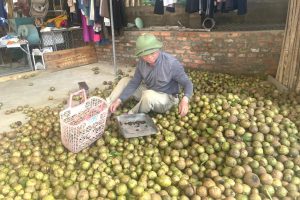
The tree has a distinct rounded canopy shape. Flowering occurs in November-December, with fruit ripening and harvesting in September-October of the following year. Typically, two high-yield years are followed by a lower yield year, with high-yield years producing about 90 liters of fruit and low-yield years about 20 liters. Care requirements are minimal; only weeding is needed in the first few years. Generally, 100 kg of fruit yields about 50 kg of seeds, while 100 kg of seeds produces about 15-20 liters of oil and 80-85 kg of dry residue.
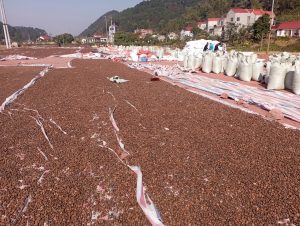
Chemical Composition of Camellia Seed
The leaves contain 0.4-1% essential oil, with a specific gravity of 1.061 at 21°C, primarily composed of eugenol (95-96%). The seeds contain about 58-60% liquid oil, pale yellow or straw-colored, with a mild aroma. The specific gravity at 150°C is 0.900, insoluble in 95% alcohol, with an acid value expressed as oleic acid at 2.876 g per kg of oil. From the dried Camellia, 28% saponins were extracted, which are yellow, soluble in water and 90% alcohol, but not in absolute alcohol or cold amyl alcohol, though they dissolve in hot alcohol. Hydrolysis yields fructose and a sapogenin melting at 238-245°C.
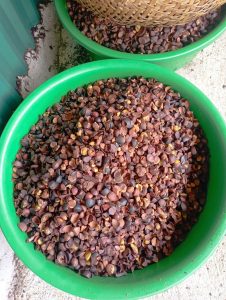
Effects of Camellia Oil
Camellia fruit is used to extract oil, which is a nutritious cooking oil with health benefits that exceed those of olive oil. It is favored in Europe and by people in China and Japan, despite its higher price compared to other oils. Daily consumption is particularly beneficial for those with high blood pressure, cardiovascular issues, digestive disorders, and related ailments. In regions where Camellia is grown, 100% of the population uses Camellia oil instead of other cooking oils.
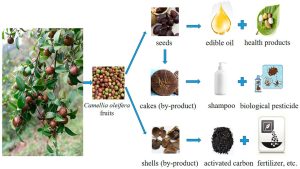
Additionally, Camellia oil is used in cosmetics, skin care, soap making, lighting, and treating skin conditions. The residue from the oil is utilized as fertilizer and pesticide but is toxic to livestock. It can also be used as a raw material for extracting saponins for various industries.
Where to buy Camellia Seed
At Dien Bien Agri, we commit to ensuring our Camellia seed undergoes stringent quality control to meet international standards. We work closely with our suppliers to ensure sustainable harvesting and ethical production. Contact us for more information.
Read more about Camellia seed here
Contact us for more information:
Tel/WhatsApp: +84.973.447.926.
Email: [email protected]
Add: Thanh Minh Commune, Dien Bien City, Vietnam
Factory: Bai Dai Village, Tien Xuan Commune, Thach That District, Ha Noi City, Vietnam
Related products
DIEN BIEN FOREST PRODUCTS
DIEN BIEN FOREST PRODUCTS
DIEN BIEN FOREST PRODUCTS
DIEN BIEN FOREST PRODUCTS
DIEN BIEN FOREST PRODUCTS
DIEN BIEN FOREST PRODUCTS
DIEN BIEN FOREST PRODUCTS
DIEN BIEN FOREST PRODUCTS
